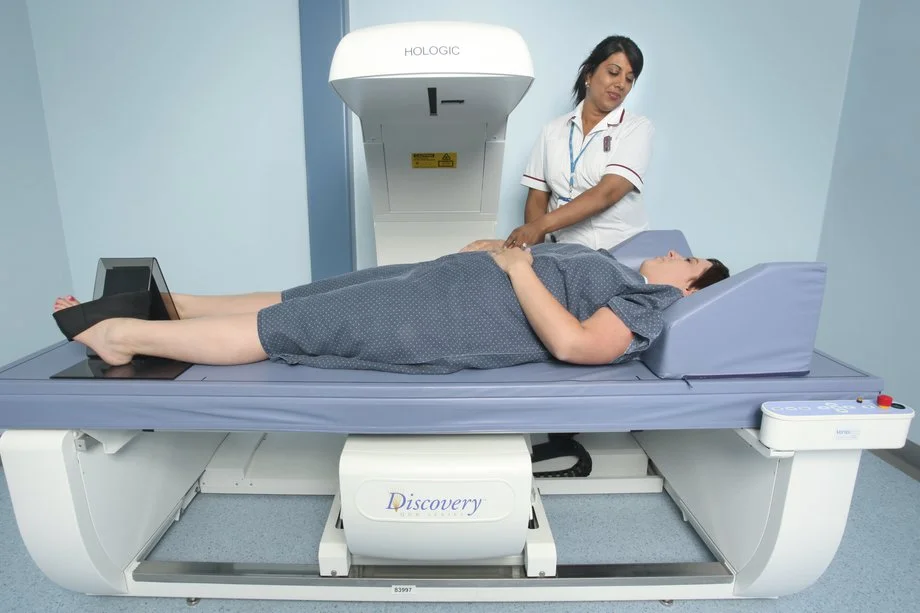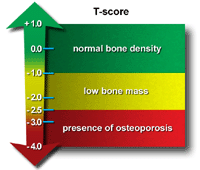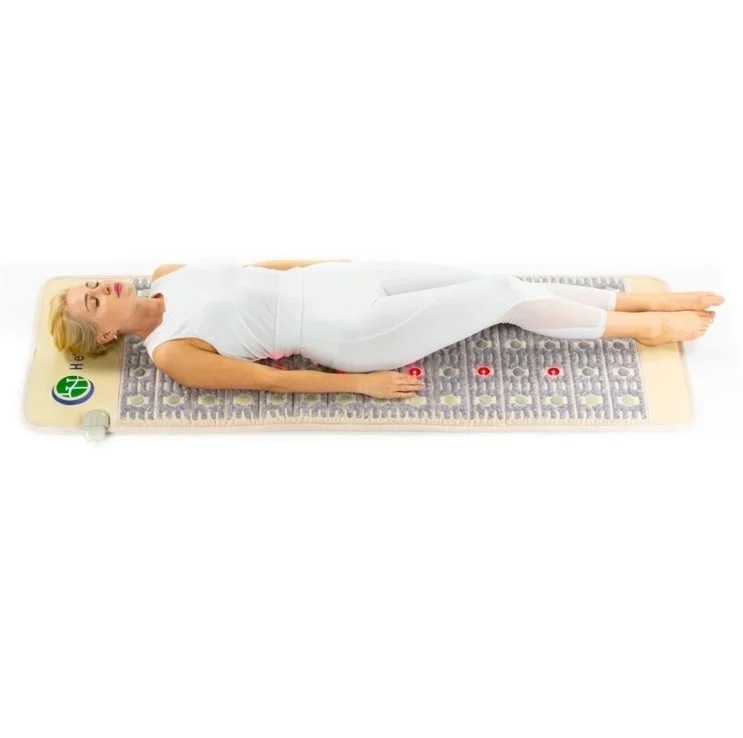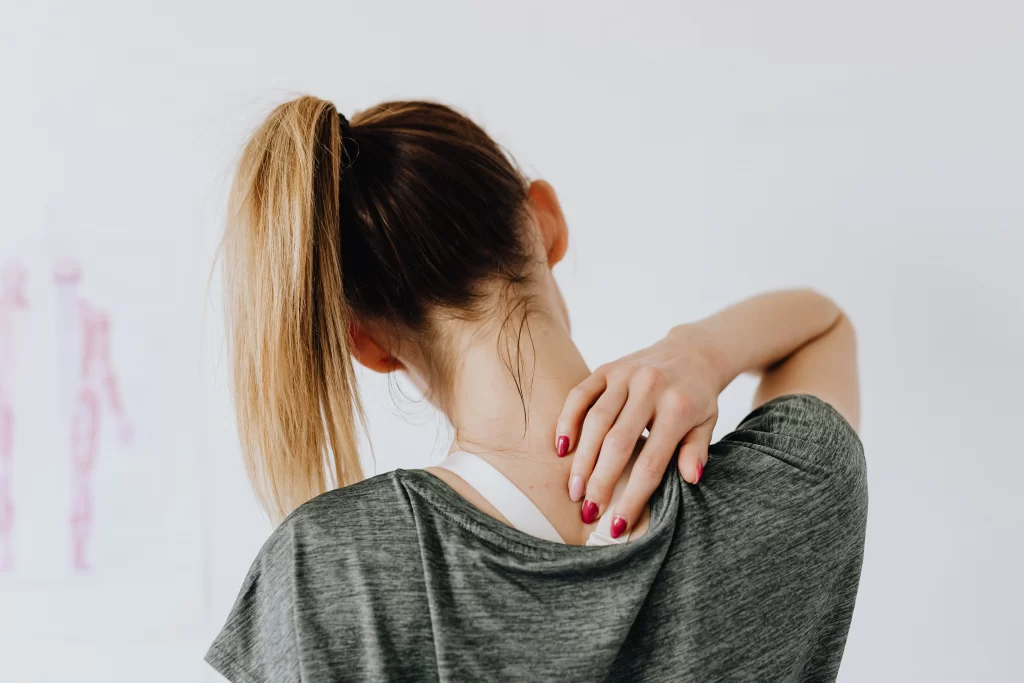
Medically Reviewed By: Dr. Hamad Shafqat
Some medications prescribed for Osteopenia or Osteoporosis can be quite harmful. Following is a way to avoid taking harmful drugs. In a study by the Department of Endocrinology, Shanghai, the conclusion was “In summary, this meta-analysis suggests that patients undergoing long-term treatment using ALN (Alendronate) may be at an increased risk of AFF (Atypical femur fractures).” https://www.ncbi.nlm.nih.gov/pmc/articles/PMC5402924/
Why are Healthy Bones Necessary?
We all know that having strong bones is important for good health. Bones have many functions in the body. They provide structure for the body and allow movement. They anchor muscles and protect the brain and vital organs from external injuries. Bones also store calcium that is needed for muscles to move. Calcium is used to help blood vessels move blood through the body, blood clotting and it also helps release hormones and enzymes that affect almost every function of the body.
Bone marrow, found in the center of bones, manufactures stem cells and other substances used to produce blood cells. The red blood cells that are produced by bone marrow carry oxygen to tissues in the body. So, having healthy, strong bones is important to nearly every aspect of our body’s health.
How is Bone Health Assessed?

A bone mineral density (BMD) test is the best way to measure bone health. Doctors can order a bone density scan. It is performed using dual-energy x-ray absorptiometry (DEXA). The results will compare bone density to a typical, healthy person of the same age and gender. The DEXA computer converts BDM information to a T-score and Z-score. The T-score measures the amount of bone a person has in comparison to a typical, younger person. The T-Score is used to determine how likely a person is to develop a fracture. The Z-score measures the amount of bone in comparison to those of the same age group. Scores will determine if bones are normal or if there is osteopenia or osteoporosis.
What Your T-score Means According to the World Health Organization?

A T-score of 0.9 or less indicates normal bone density. A score between 0.9 and 2.5 indicates Osteopenia. A score of 2.5 and over indicates Osteoporosis.
What is Osteoporosis?

Osteoporosis is a bone disease. It is characterized by deterioration of bone tissue with loss of bone strength. Osteoporosis will progress over time. This can cause bones to become increasingly porous and break more easily. When viewed microscopically, a healthy bone looks somewhat like a honeycomb. Osteoporosis bones have bigger holes and spaces in the honeycomb. Women and older men are more at risk of developing osteoporosis.
Osteoporosis can be present for years without any noticeable symptoms, but signs can include:
- Severe back pain
- Bone pain caused by stress fractures
- Loss of height over time
- Bone fractures as a result of little to no trauma
- A stooped posture
- Bones fracture much easier than normal
What is Osteopenia?
Low bone mass that is not low enough to be Osteoporosis is called Osteopenia. It is halfway between having healthy bones and having osteoporosis. If you have Osteopenia you have a good chance of developing Osteoporosis. With Osteopenia, you will not likely have any symptoms or pain. Osteopenia is very common; according to a Harvard Medical report, nearly 50% of Americans over the age of 50 have Osteopenia.
What Increases Your Risk of Getting Osteopenia or Osteoporosis?
- Being female
- Having a family history of low BMD or Osteoporosis
- Being older than 50
- Having a stressful life (stress is a more significant factor in females than males)
- Lacking a good exercise regimen
- Having an eating disorder, such as anorexia or bulimia
- Getting ovaries removed before menopause
- Having a poor diet
- Lacking calcium and vitamin D
- Having inflammatory conditions like Rheumatoid Arthritis, Lupus, or Crohn’s disease
- Smoking or using other forms of tobacco
- Drinking too much alcohol or caffeine
- Taking corticosteroids such as Prednisone or Phenytoin
- Regularly consuming soft drinks (caffeine/coca-cola)
- Being thin/low body weight
- Getting menopause at an early age (before 45)
- Being inactive or bedridden for a long period of time
Can Osteoporosis be Reversed? Can Osteopenia be Reversed?
Yes. If you have low bone mass, you can slow down and even reverse bone loss. A natural osteoporosis treatment should include:
- Eating foods that are rich in calcium and vitamin D
- Taking a calcium supplement
- Doing weight-bearing exercises, such as lifting weights or walking
These will help improve your bone density (BMD). Your doctor may prescribe medications to prevent Osteoporosis. I found out 1st hand that many of these medications have serious side effects. Before you start taking them, do your research and read my story. Femur Fracture
Also, read how these medications can actually cause bones to become more brittle. https://www.medscape.com/viewarticle/883738
But don’t worry, it is possible that Osteoporosis can be reversed. I will tell you how a little later in this article.
Common Osteoporosis Medications and Side Effects
According to a recent report by the Mayo Clinic, Bisphosphonates are the most common medications prescribed for osteoporosis treatment. These include:
- Alendronate (Fosamax)
- Risedronate (Actonel)
- Ibandronate (Boniva)
- Zoledronic acid (Reclast)
Side effects according to the same Mayo report are:
- Osteonecrosis of the jaw
- Stomach upset and heartburn
- Esophagus irritation
- Bone or joint pain, or generalized pain
- Muscle cramps or aches
- Nausea, constipation, diarrhea, or other stomach discomforts
- Headache or dizziness
- Head colds, sinus or throat infections, or the flu
- Bladder infections
- Tiredness or trouble sleeping
- Femur breaks–the largest bone in your body
Did you just read that? They call femur fractures a side effect. But I can tell you it is much more than that. When my femur broke it was a very painful experience with a long recovery. But I was lucky. According to the medical study “A Comparison of Mortality following Distal Femoral Fractures and Hip Fractures in an Elderly Population”, some people die. Read the following:
“Patients suffering a distal femoral fracture have a high mortality rate…’ The mortality rate for all patients with distal femoral fractures was 7% (5 patients) at 30 days, 26% (18 patients) at six months, and 38% (26 patients) at one year.”
That’s right, 7 to 38% of the people in the study died from a femur fracture.
If you want to read more about this, read this article broken femur
Another study stated: “It’s been known for some time that prolonged use of bisphosphonates can put people at risk for atypical femoral fracture, a break in the shaft of the femur that can occur as a result of little to no trauma”
There is an Osteoporosis Treatment that is Natural and has no Side Effects

Many people are looking for Osteoporosis or Osteopenia treatments that are natural. I understand wanting to avoid drugs with dangerous side effects because I had a life-threatening event happen related to the drug my doctor prescribed for me. You can read my story.
If you want to rebuild bone density, here are a few things that most experts recommend doing that will naturally help slow down or stop bone mineral density loss:
- Stop smoking
- Maintain a healthy diet, including plenty of protein
- Increase supplements for bone health, such as calcium and vitamin D
- Minimize the use of steroids
- Reduce inflammation
- Consume less alcohol
- Maintain a consistent weight-bearing exercise program
- Eat plenty of bone-healthy foods, such as vegetables and fruits
- Decrease sodium intake
- Eat magnesium-rich foods every day, such as almonds and broccoli
- Cut back on caffeine (& carbonated cold-drinks)
- Eat vitamin K-rich foods every day, such as green leafy vegetables
- Reduce stress
- • Avoid phosphate/phosphoric acid-containing edibles (food additives)
If this sounds like a nearly impossible process to follow, I have another much easier and more effective solution for you.
PEMF a Natural Treatment for Osteopenia and Osteoporosis that has no known Side Effects

PEMF (Pulsed Electromagnetic Field) therapy is a form of therapy that uses pulsed, low frequency, and high-intensity magnetic fields. According to Dr. William Pawluk, MD, considered the foremost authority on the use of Pulsed Electromagnetic Field Therapy in North America, “PEMFs have been shown in a wide variety of research to help bone repair and recover after injury, and also to prevent and treat Osteopenia and Osteoporosis.”
Other experts reported in a study, “Electromagnetic fields (EMFs) are a safe, effective, and non-invasive treatment that has been researched and used for many years in orthopedics, and the common use clinically is to promote fracture healing.”
Another study worth reading is “Bone density changes in Osteoporosis-prone women exposed to pulsed electromagnetic fields (PEMF)” https://www.ncbi.nlm.nih.gov/pubmed/2195843
I have many more references below, so if you are not quite convinced, keep reading for more information on the use of PEMF to treat Osteopenia and Osteoporosis, and to heal bone fractures.
PEMF therapy can be accomplished by simply sitting or lying on a PEMF mat for about a half-hour or more per day. But, aren’t the PEMF devices expensive, you may ask. Well, they don’t have to be. After a lot of research, I have found what I think to be an outstanding PEMF device to treat Osteopenia and Osteoporosis, at a reasonable price.
And that is not all, PEMF has lots of other benefits. Find out more about PEMF and how it can help you avoid Osteoporosis fractures.
Success Stories – Osteopenia reversed
I recently talked to Laurie, a chiropractor, who was diagnosed with Osteopenia and refused her doctor’s recommendation to take a bisphosphonate because she wanted to try a natural remedy. Finally, he agreed with her with the stipulation that she have a DEXA scan the next year.
So, she decided to try PEMF therapy and did not change her diet or exercise habits. When she went back for her DEXA scan, her doctor was amazed to see her scores improving and the Osteopenia being reversed. He asked her to continue and come back next year so that he could verify for himself that the PEMF was working.
Wouldn’t it be Great If You Could Reverse Your Osteoporosis or Osteopenia?
Don’t you think it would be worth a try? And PEMF also has many other benefits to help you have a healthy life. Click on the button below to learn more.
